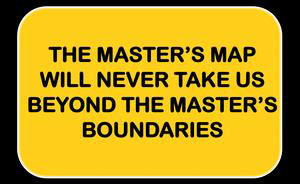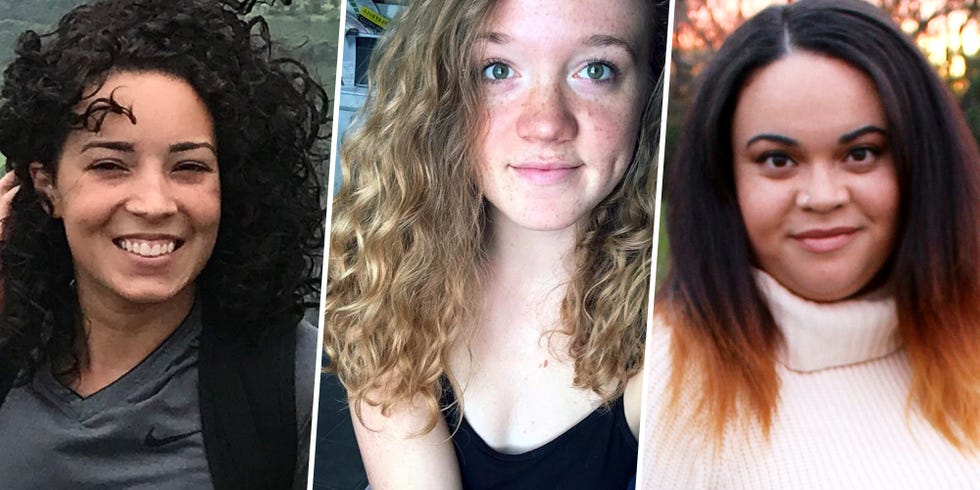Despite Options on Census, Many to Check ‘Black’ Only
The New York Times
2000-02-12
Diana Jean Schemo
This year’s new, racially inclusive census might have seemed tailor made for Michael Gelobter.
The son of a white Jewish father and an African-Bermudan mother, Mr. Gelobter lives in Harlem with his wife, Sharron Williams, a black woman whose Caribbean background melds African and Indian influences. Creating their own cultural road map as they go, the couple embrace the range of their heritages and those of friends, marking Passover, for example, with an African-American Latino seder.
But when the census invites Mr. Gelobter, for the first time, to name all the races that describe him, he will do what he has always done, and claim just one: black. Checking more than one race, he contends, would undermine the influence of blacks by reducing their number as a distinct group and so most likely diluting public policies addressing their concerns.
The census forms that will be mailed to most Americans in April—the count began last month in Alaska, where the winter chill tends to keep people at home and easier to tally —offers a nod to the nation’s increasing diversity. No longer will the Census Bureau instruct respondents to ”select one” race to describe themselves. Instead, it will tell them to mark one or more of 14 boxes representing 6 races (and subcategories) that apply—white, black, American Indian or Alaska Native, Asian Indian, other Asian and Pacific Islander—or to check ”some other race.”
But like Mr. Gelobter, many people, indeed most, who could claim more than one race are not expected to do so, demographers and census officials say.
Part of the reason, according to demographers, is habit: Americans are simply unaccustomed to the option. More profoundly, however, the change is fueling a weighty debate about the meaning of race, in which interpretations of history, politics and experience frequently overshadow the simpler matter of parentage.
Thirty years after Loving v. Virginia struck down the last laws barring interracial marriage, the new change in the census and the ensuing controversy have become a barometer of the complexity of American attitudes toward race, and their contradictions. With the 6 racial categories offering 63 possible combinations of racial identity, which government demographers will tabulate as distinct groups, the census could provide a remarkably meticulous racial profile of American society.
On one side of the debate stand those who see the revision as a tactic to divide blacks at a time when affirmative action and other remedies to discrimination are under attack. Opposing them are multiracial Americans who resent having to identify with just one part of their heritage.
Apart from his perception that the change could diminish blacks’ influence, Mr. Gelobter, a 38-year-old professor of environmental policy at Rutgers University, said that claiming a multiracial identity would link him to a bitter, freighted history of privilege for blacks who could cite some white lineage.
“Should Frederick Douglass have checked white and black?” Mr. Gelobter said. ”Should W. E. B. Du Bois have checked white and black? He practically looked white.”…
…Kerry Ann Rockquemore, a sociologist at Pepperdine University, polled 250 college students who had one black parent and one white, and found that those reared in middle-class or affluent white neighborhoods tended to identify as biracial, while those who had grown up in black communities generally considered themselves black.
How will nonblacks of mixed race answer the census? There is little more than anecdotal evidence. But some experts note that checking options like Asian and white, or American Indian and Pacific Islander, does not carry the same historical baggage that mixed-race blacks confront in deciding whether to say they are part white.
Scott Wasmuth, who is white and has a Filipino wife, said that when he filled out the census in 1990, he ignored the one-race-only rule that then prevailed and checked both white and Asian to describe his daughters. This year he will do the same. ”People are beginning to say, ‘I’m a mixture, and I don’t have to choose one or the other,’ ” he said.
Bertrand Wade, a 34-year-old industrial electronics technician from Brooklyn, wishes he could avoid descriptions altogether. His father is half-black and half-white, and his mother is East Indian and white.
When applications ask his race and none of the boxes fit, Mr. Wade said, ”the first thing I feel is excluded; then sometimes I feel that I should not be in a position where I have to state my race.” He said that on the census, he would check all the boxes that describe his heritage.
Charles Byrd, who runs a Web site called Inter Racial Voice, said, ”What we need to do as a country is get rid of these stupid boxes altogether.”
On the 1990 census, about 10 million Americans seemed to agree. They did not identify themselves as members of any race, said Margo J. Anderson, author of ”The American Census: A Social History” (Yale University Press, 1988). Another quarter-million, ignoring the instructions, identified themselves as belonging to more than one race.
Ms. Anderson said that ever since the first head count, in 1790, the census had played an important if subtle role in reflecting preoccupations and shaping social thought. It is only in the last century, though, that the government has devised questions to identify the country’s ethnic makeup. In the 1910 census, for instance, the government asked people their mother tongue, looking for Yiddish as the answer in order to tally the number of Jewish immigrants.
”The changes in questions always come about because of the social issues of the day,” Ms. Anderson said.
Susan Graham, head of Project RACE, a civic group that unsuccessfully pushed for a separate ”multiracial” box for the census, said she wanted a single category that would accurately define her children.
”Think of when you open a newspaper and see pie charts,” she said. ”We wanted a slice of the pie that says ‘multiracial.’ ”…
Read the entire article here.


